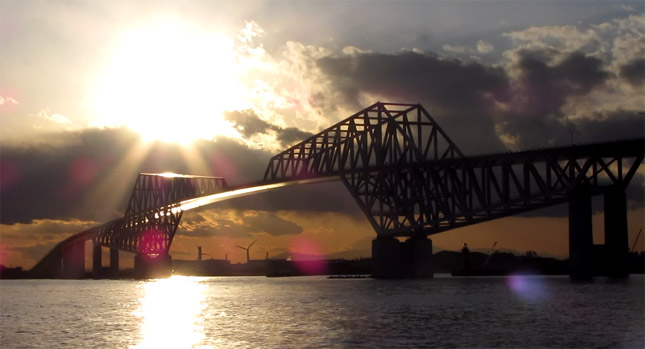Tokyo was one of the cities bidding for the 2016 Summer Olympics. It eventually lost to Rio de Janeiro, yet the infrastructure that was created in order to boost its chances of hosting the Games is proving worth the investment.
One such example is the four-lane, 1.6-mile (2.6 km) Tokyo Gate Bridge. Nicknamed “Dinosaur Bridge” due to its unusual shape, it will open this weekend to vehicles after a decade of construction.
According to Bloomberg News, the so-called Dino Bridge cost 113 billion yen (US$1.45 billion), but the Japanese government expects it to yield 19 billion yen (US$246 million) annually, carrying 32,000 vehicles each day between the capital and a man-made island where a new container terminal is being built.
“The new bridge will ease congestion in the whole waterfront area”, said Shinichi Ishii, senior consultant for public management and strategy at Nomura Research Institute. “There is a premium on the value of time in the area, and the economic impact could be two or three times more than the government estimates.”
Koki Hosaka, a civil engineer, says that the bridge, which weighs 36,000 tons, can withstand an earthquake directly under Tokyo. It had to be wide and high enough for ships to pass underneath, but its overall height had to be limited due to its position near the Haneda airport.
Due to these restrictions, a suspension bridge was not an option. Instead, Kawada Industries spent two years building the dino-shaped trusses, a process that according to project manager Yoshifumi Kodama “was very nerve wracking as we had to do it in one shot”.
VIDEO



